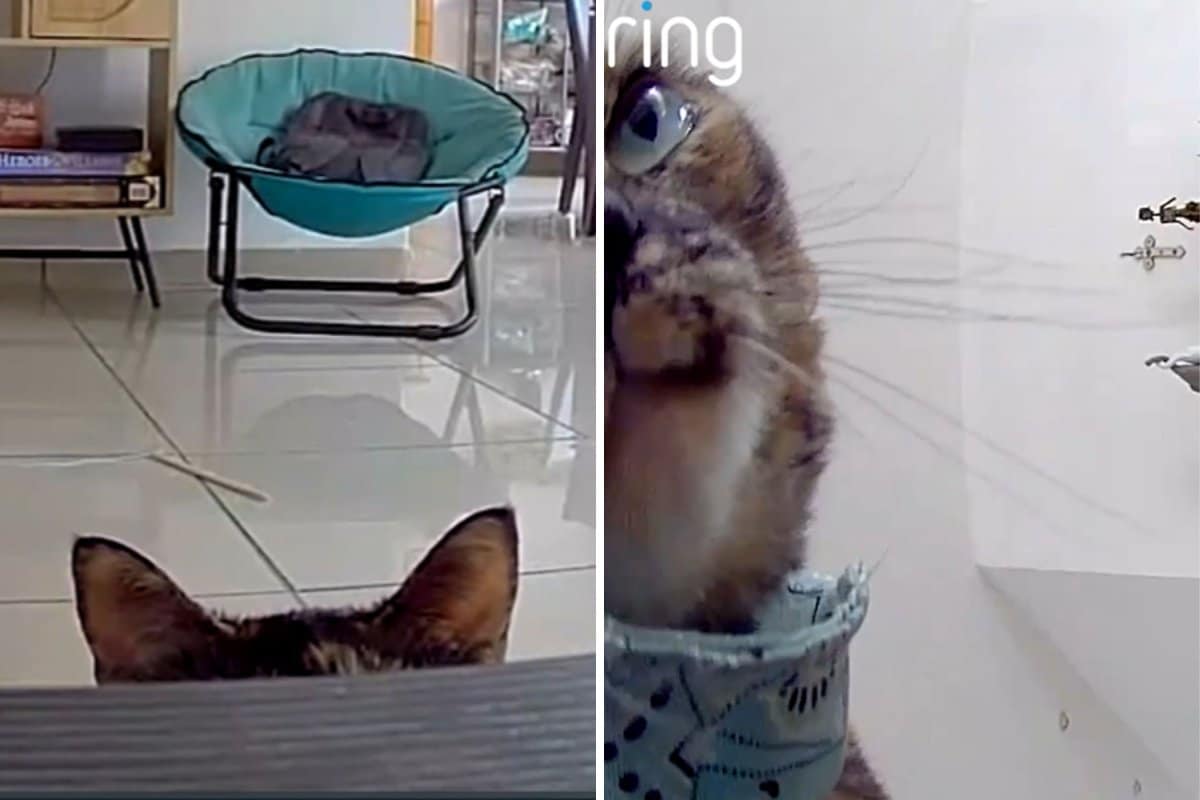Veteran NASCAR driver Denny Hamlin has voiced his dissatisfaction with the current NASCAR Cup Series playoff schedule. Using his platform on the ‘Actions Detrimental‘ podcast, Hamlin didn’t hold back regarding his concerns about the inclusion of two superspeedways and two road courses among the first six playoff races, which he believes are a departure from NASCAR’s traditional roots.
Historically, NASCAR’s brand has been closely tied to oval tracks of varying sizes, a point Hamlin pushed on his podcast.
For over two decades, Hamlin, driving the No. 11 Joe Gibbs Racing Toyota, has been a prominent figure in NASCAR, amassing 54 victories in the NASCAR Cup Series. His career, deeply rooted in traditional oval track racing, is evolving as NASCAR evolves around him. Traditionally, the sport’s schedule prominently focussed on oval tracks, with road courses being rare exceptions.
“When it comes to my gripe with the schedule and things like that, it’s because, you know, my whole life I tried to be a Cup Series champion,” Hamlin stated. “I wanted to get to NASCAR first, and then, you know, back when I was training for this, or moving up the ranks, all I ever did was oval-track racing, because that’s what NASCAR racing was.

Denny Hamlin, driver of the #11 Sport Clips Haircuts Toyota, drives during practice for the NASCAR Cup Series Bank of America ROVAL 400 at Charlotte Motor Speedway on October 12, 2024 in Concord, North Carolina. Denny Hamlin has hit out at the current playoff schedule for adding superspeedways and road courses, arguing it strays from NASCAR’s traditional oval racing.
Jared C. Tilton/Getty Images
“We raced on ovals, and they were just all different sizes.”
Historically, road courses like Watkins Glen and Sonoma were the few anomalies in a predominantly oval-dominated schedule. Hamlin recalls these road courses as being peripheral, almost exhibition-like.
“Back in the day, there was a road course, and when I started, there were two, you had Watkins Glen and Sonoma, and that was it. It was just such a small part of the schedule, it was like just a — not an exhibition, but it was like, ‘Hey, this is not what we do, but we’re going to do it this week,'” he reflected on his podcast.
However, the playoff structure has changed in recent years. The transformation of Atlanta Motor Speedway into a superspeedway has further pushed this trend. Superspeedways such as Daytona and Talladega are known for their unpredictability, incorporating an element of chance alongside driver skill.
“You had real small ones, real big ones, and you know, back in the day, there was a road course, and when I started, there were two, you had Watkins Glen and Sonoma, and that was it.
“It was just such a small part of the schedule, it was like just a — not an exhibition, but it was like, ‘Hey, this is not what we do, but we’re going to do it this week.’
“Now, you know, we took Atlanta and turned it into a superspeedway. We’ve changed the game, and we’ve changed — you can argue that superspeedway racing, it definitely still has elements of skill to it. It’s got a big element of luck in it,” Hamlin explained. These changes contribute to his frustration concerning a schedule that, in his words, “never really suited me or my skillset.”
At 43, Hamlin is in the latter stages of his career, and he admits that unlike the younger racers, his experience doesn’t cater to the modern sport:
“I’m not great on road courses, I need to get better at them, I’m trying, but I’m also 43 years old. There’s a point where there’s diminishing returns on the time and effort that I spend to try and get better at road courses,” he shared. Despite these challenges, Hamlin remains optimistic about the final stages of the playoffs, which feature traditional tracks like Las Vegas, Homestead, Martinsville, and Phoenix.
For Hamlin, returning to these conventional venues is a welcome change. The traditional circuits align with the skills he’s built on over so many years behind the wheel, giving him a renewed level of optimism.
“If it’s going to continue to be such a big part of crowning a champion, then yeah, I’ve got to do what I’ve got to do, but now, it’s why I’m overjoyed with, ‘Yes, I’m still in it,’ and now we’re going back to traditional NASCAR racing,” Hamlin said. “Which is what I wanted to be, is the best guy who knew how to make circles faster than everybody else.
“So, it’s just — we made it through the first six races, with all these wild cards, with the 14-points penalty for that engine. We made it, and now the sky is the limit.”





